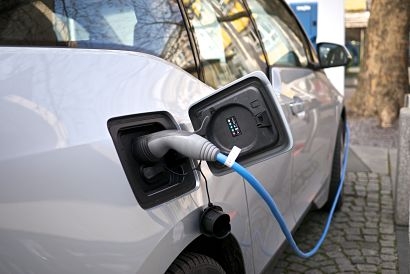
The report focused on EV sales at national, state/province, and sub‑state/province levels by examining electric vehicle (EV) technology innovations, incentives, policies, and vehicle availability.
A variety of factors are contributing to accelerated electrification trends in the North American automotive industry, including a COVID-19-related breakthrough in consumer acceptance of EVs, a shifting policy environment that aggressively favours PEVs over fossil fuel vehicles, the introduction of several new popular EV models, and increased automaker investment and prioritisation of EV technologies.
“The economic impacts of the COVID-19 pandemic led to an unprecedented 16 percent decline in global light duty (LD) vehicle sales in 2020” said Ryan Citron, senior research analyst with Guidehouse Insights. “However, in the same year, PEVs achieved record sales - growing over 40 percent from 2019 levels. In 2021, PEV sales continued their rapid expansion in a year that will likely go down in history as an inflection point for the industry.”
However, a combination of inflation and surging demand for PEVs has resulted in near-term rising costs of raw materials to manufacture lithium batteries, creating concern for the PEV industry. Expanding lithium sources will likely be needed to continue PEVs’ progress toward price parity with internal combustion engine vehicles (ICEVs).
The report, Market Data: EV Geographic Forecast – North America, analyses EV technology innovations, incentives, policies, and vehicle availability to forecast PEV adoption in the US and Canada on national, state/province, and sub‑state/province levels. Guidehouse Insights employs the Guidehouse Vehicle Analytics Simulation Tool (VAST) to generate its estimates. Segmentation of the PEV analysis include passenger car (PC) and light truck (LT) breakouts, as well as powertrain breakout by plug-in hybrid EVs (PHEVs) and battery EVs (BEVs).
For additional information:

